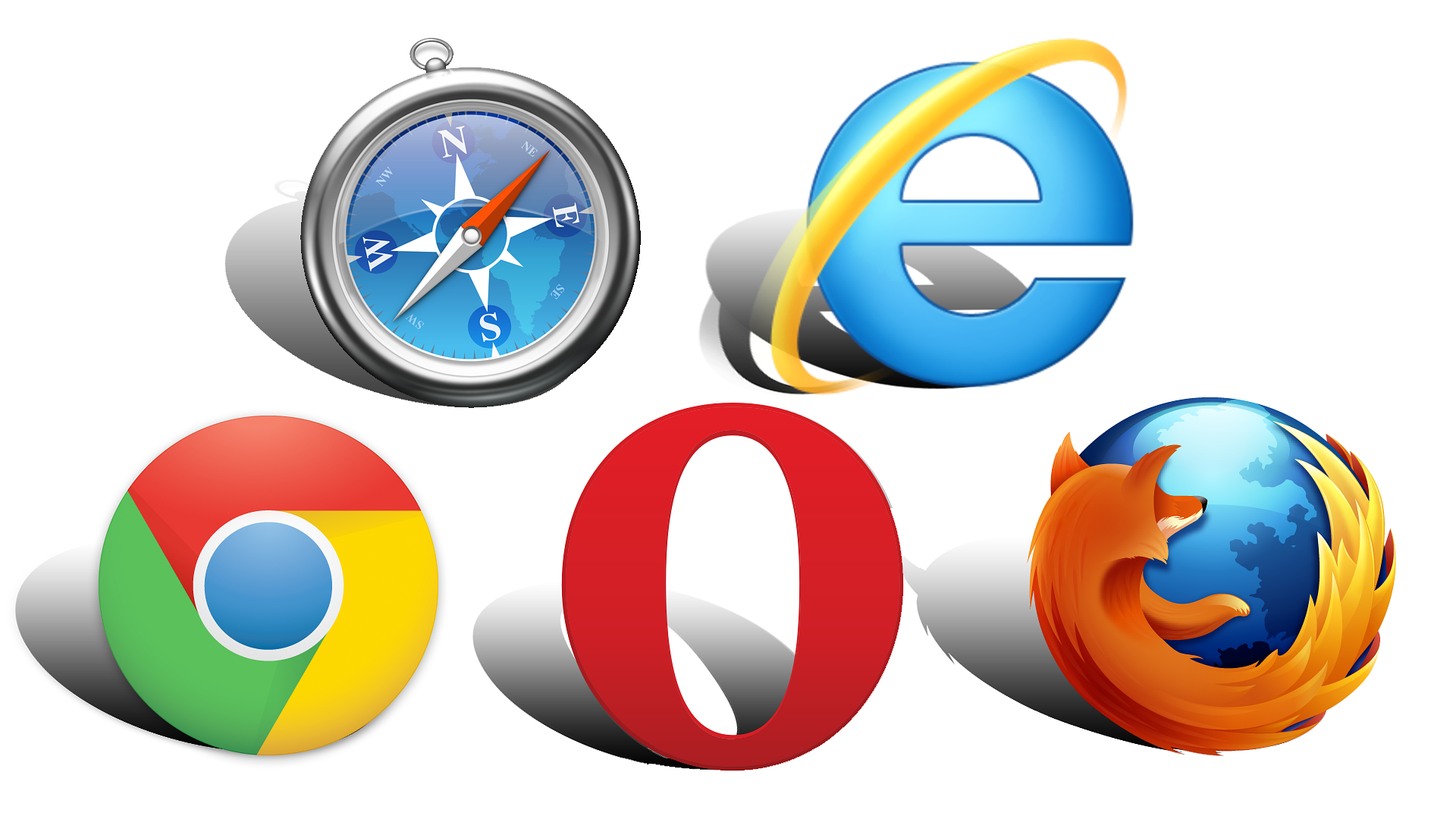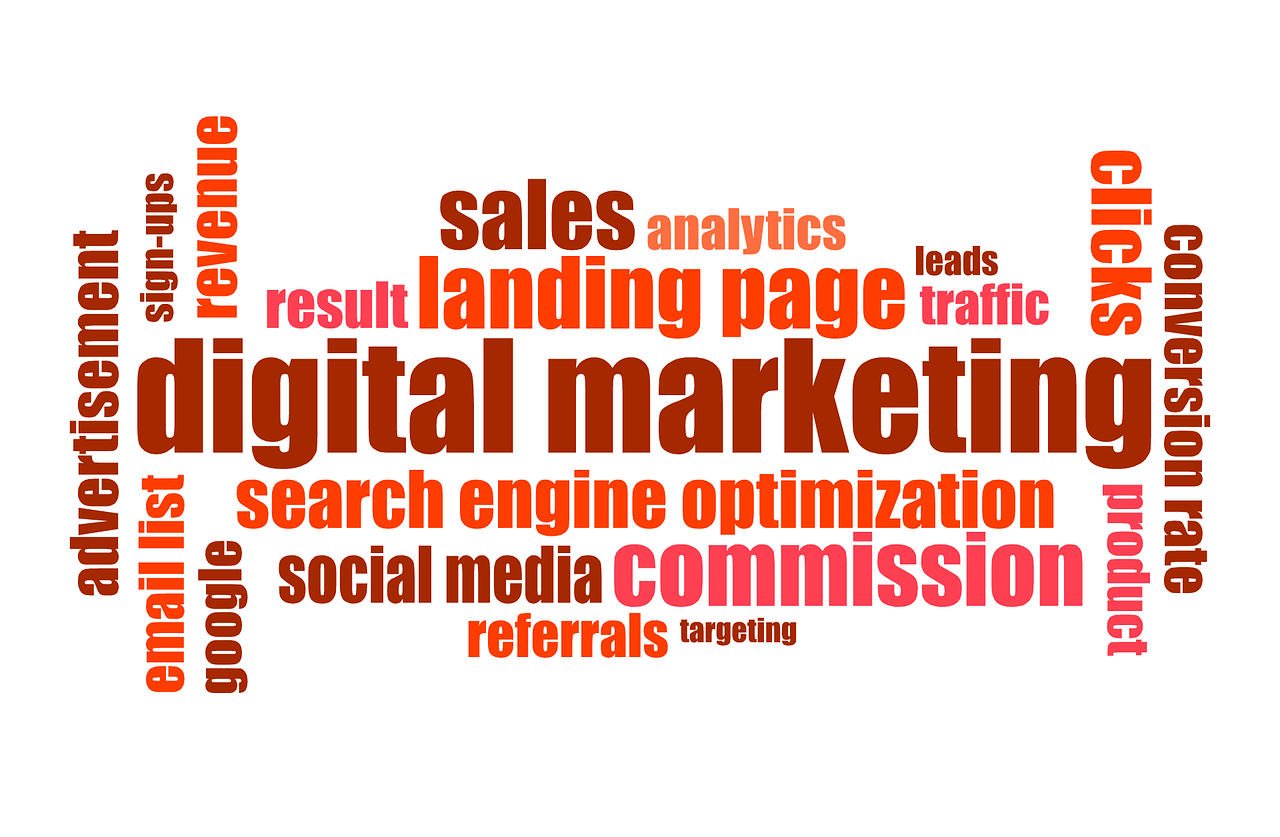Online Jargon Busted
Posted on 6th June 2023
We get asked this a lot at it’seeze Web Design Twickenham! After all, when someone’s spent time and money on a website, it’s naturally disappointing and frustrating if it doesn’t produce any business.
However, as with most web-related questions, there’s no cut and dried answer. The problem could lie in a number of areas. Some are quite easy to sort out, whilst in other cases you’re better off having a new site built from scratch.
In this article, we’ll look at some of the reasons why your website isn’t working and what you can do about it.
Please Read Below All relevant Online Jargon

A
AI – AI stands for Artificial Intelligence. It is technology that uses a form of machine learning that aims to replicate a human’s intelligence, performance and response.
A/B testing – the process of testing two slightly different versions of online content to see which performs best.
API – API stands for Application Programming Interface and is a set of protocols and tools used to build, develop and link together software and programs.
B
Backlinks – when other websites add a link to your website in their content, that’s a backlink and search engines love them.
Bounce rate – this is the percentage (number) of visitors to your website who subsequently leave quickly without viewing any other pages.
BX – this stands for Business Experience, which is generated when you meet a customer. BX includes the processes implemented as part of the business strategy.
C
CTA – this means Call to Action, and it is the button, link or icon on your website or other forms of promotion that you want a user/visitor/customer to interact with.
CPC – means Cost Per Click and is associated with online advertising. It denotes how much you pay every time a user clicks on your advert or the link.
CTR – stands for Click Through Rate, and refers to how many times a user has ‘clicked through’ to your website or landing page via a link in an ad or email.
Crawler (bot) – this is a search engine’s automated system that ‘crawls’ online content to collect data which is then used to rank companies/organisations relevant to a user’s search query.
D
Domain name – this is part of your network name that is your unique company or organisation name. No website domain name can be the same as another.
DMP – this stands for Data Management Platform; a platform on which you can collect, organise, analyse and use sets of data.
E
E-commerce – the act of buying and selling products and services online.
ESP – Email Service Provider, which is the company that provides your email platform.
G
GDPR – refers to the General Data Protection Regulations, which are laws that businesses and organisations have to abide by in protecting the personal information of people.
Geo-targeting – a method of audience targeting based on location.
H
Hashtag – also defined by a #, is used on online platforms, like social media, to identify the topic, subject or theme of a post.
I
IA – this stands for Information Architecture and is how online information is organised to meet users’ needs.
K
Keywords – these are the most popular words, phrases and terms related to your company/organisation’s products and/or services that are used by users in search queries, and are used to optimise your website’s ranking position.
KPIs – these are Key Performance Indicators and are used to benchmark the performance and/or success of online activity against your goals.
L
Landing page – this is a destination page on your website that users land on when they click your online link.
Lead generation – this is your targeted online activity that generates leads/prospects who are interested in your product/service.
Link building – this is the process of linking to higher authority websites and persuading them to link back to your website.
M
Meta description – this is the content you see displayed beneath your website page/landing page link in search engine results.
Metadata – this is the information on your web pages that tell search engines about your pages, your content, your products, your services and more. This includes meta titles, which name the web page, image or other content, and meta details, which give more detail.
N
NoFollow – this is an identifier tag that instructs a search engine to not follow a specific page or rank it in search results.
NoIndex – similar to NoFollow, it tells a search engine not to index that page.
P
PPC – this stands for Pay-Per-Click and is an online advertising format where companies/organisations pay a specific amount every time a user clicks on the advert.
Q
Quality score – this a Google metric that decides on the relevancy and quality of a website, its pages, keywords and other online content.
R
Ranking – this is how search engines measure and rank your website according to predetermined criteria they set. The higher your website/online content ranks, the higher it will appear in search engine results.
Responsive design – this refers to the way a website is designed and structured so that no matter which device is used to view the website, all the content is the same and available.
ROI – this is Return on Investment and is a measure of the profit gained from a campaign or promotion. It is determined by dividing the cost of investment by the net profit.
S
Search engine rankings – this indicates where your web pages are positioned in search engine results, according to specific keywords and phrases.
SERPs – this stands for Search Engine Results Pages and they are the pages returned by the search platform relevant to a user’s search query.
SEO – this is Search Engine Optimisation and is the process of optimising your online content to increase visibility and ranking in search engine results.
U
URL – translates as Uniform Resource Locator and is the address of your web pages.
UI – or User Interface. It is the design of your website, its pages and other online content.
UX – or User Experience. It is how your website and online content are designed to ensure users visiting get the best possible experience.
USP – means Unique Selling Point. They are specific attributes about your products, services and business that makes it stand out from your competitors.
Of course, this list is not completely exhaustive. There are many other jargon terms out there, but these are the most common.
Click on this text to edit it.
Share this post:
